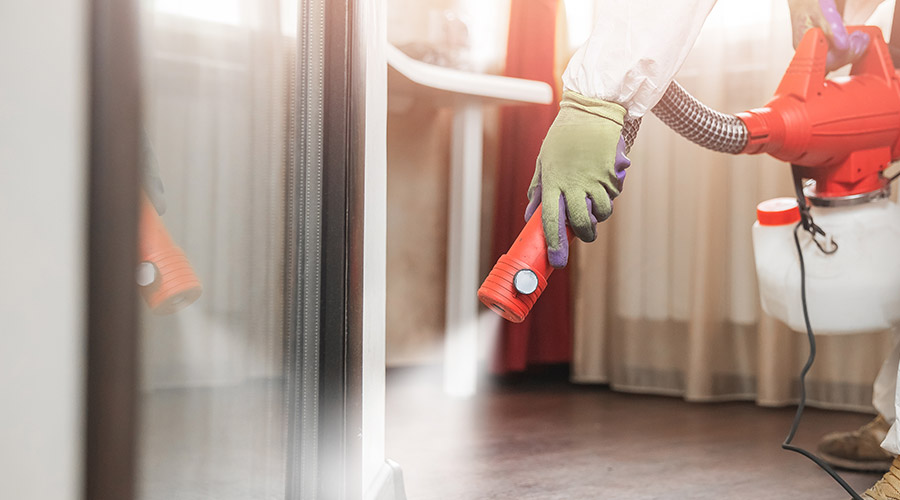Hospitals and other healthcare facilities have to live up to the high standards that are placed on them by patients, visitors and staff. As a place of healing, healthcare facilities are expected to be spotless, without a crumb to be seen. However, just like any other building, food-related messes can occur. This can be concerning, though, as this can attract pests, potentially putting patients in harms’ way.
Despite popular belief, hospitals and healthcare facilities are among the most popular locations for pest infestation. According to a report by Terminix, the combination of food and waste, along with high foot traffic make these facilities especially vulnerable to pests.
According to Terminix, the cities where pest infestations are the most common are the following:
- Dallas-Ft. Worth, TX
- Houston, TX
- Los Angeles, CA
- Atlanta, GA
- San Francisco-Oakland-San Jose, CA
- Honolulu, HI
- New York, NY
- Tampa-St. Pete, FL
- Columbus, OH
- Miami-Ft. Lauderdale, FL
Related: Latest Developments in Traps, Tech and Pest Control
Different pests thrive in different environments. For example, cockroaches are commonly found in places where there is human food and plenty of moisture, while mice like being near human food but don’t necessarily require moisture. Common signs of a pest infestation can vary from business-to-business. Commercial buildings may experience unusual odors or discover small holes in walls, suggesting a potential infestation Meanwhile, areas that handle food could encounter large amounts of dead flies or gnawed food packaging.
It is imperative that a pest management plan is in place for when an outbreak occurs within healthcare facilities. A plan requires cooperation from all employees, regardless of the department. The smallest things like proper food storage and keeping all doors closed can be simple additions to plans to help deter an infestation.
Patients require a certain level of cleanliness in order to heal properly. If a pest infestation were to occur, it can compromise the level of care that is provided to the patient, putting them in harm's way. Pests can transmit pathogens that cause human disease, contaminate food and destroy property. If a hospital or other healthcare facility were to not have a pest management plan in place, they could lose their accreditation. These plans provide managers the means to prevent and mitigate infestation regardless of when, where and how they happen.
Mackenna Moralez is the associate editor of the facilities market and the host of the Facilities in Focus podcast.

 Contaminants Under Foot: A Closer Look at Patient Room Floors
Contaminants Under Foot: A Closer Look at Patient Room Floors Power Outages Largely Driven by Extreme Weather Events
Power Outages Largely Driven by Extreme Weather Events Nemours Children's Health Opens New Moseley Foundation Institute Hospital
Nemours Children's Health Opens New Moseley Foundation Institute Hospital Code Compliance Isn't Enough for Healthcare Resilience
Code Compliance Isn't Enough for Healthcare Resilience Ribbon Cutting Marks First Phase Completion for New Montefiore Einstein Facility
Ribbon Cutting Marks First Phase Completion for New Montefiore Einstein Facility